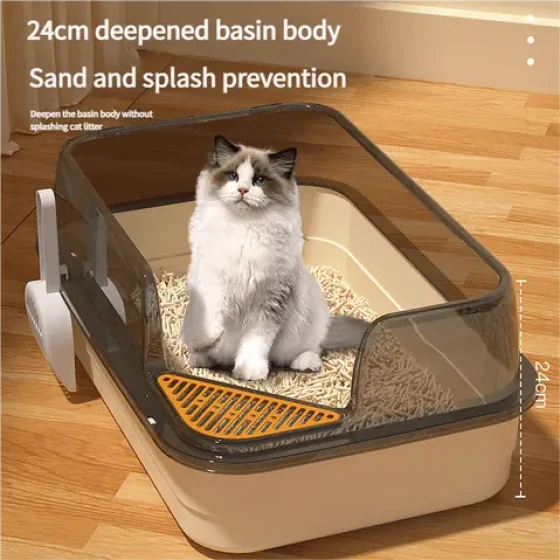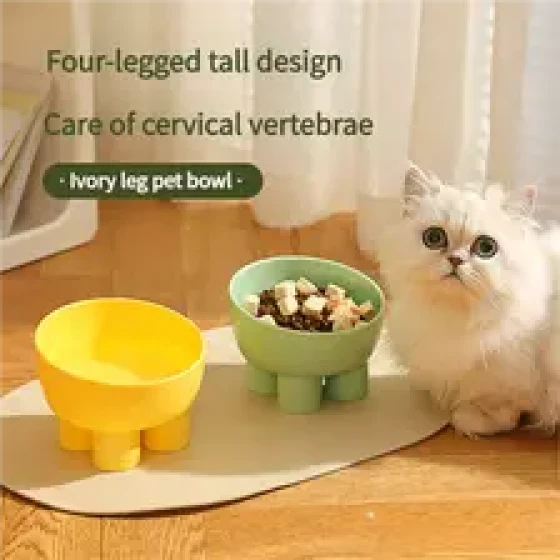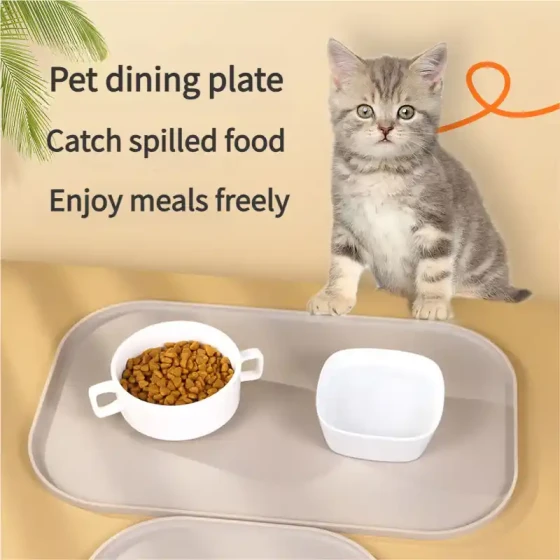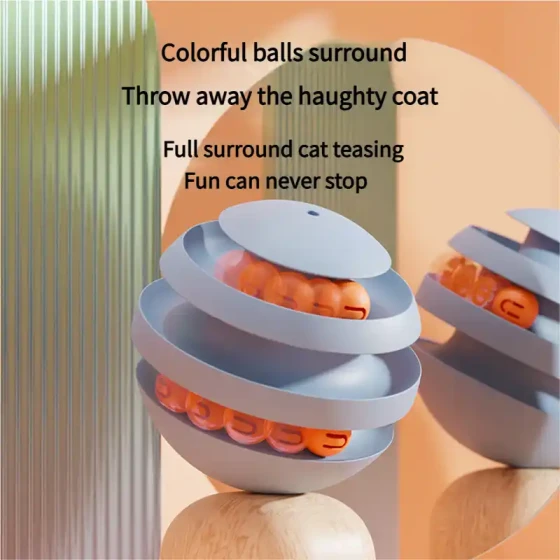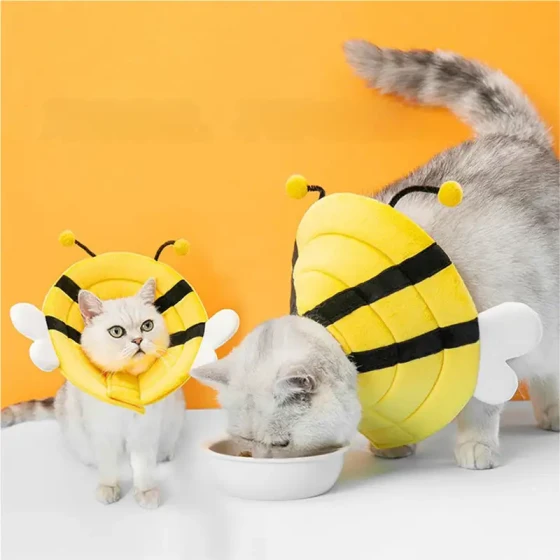Pet Cat Cage_How to Choose the Right Cage for Your Beloved Cat
Cats, as the “little masters” of our families, their comfort and safety are concerns that every cat owner pays special attention to. A pet cat cage is not a tool to “imprison” cats, but rather a “mobile mansion” or “temporary shelter” that provides them with security and convenience at specific times. Choosing the right cat cage is like custom-making a comfortable apartment for your beloved cat, meeting their physiological needs while also taking care of their sensitive little emotions.
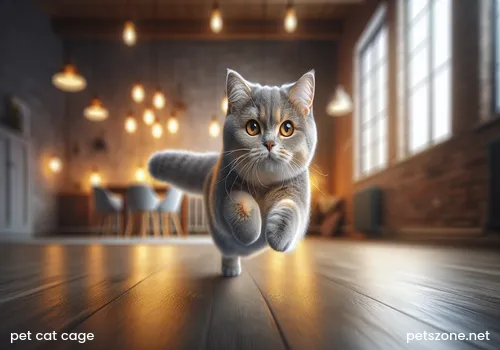
Why do cats need a cage? Shouldn’t they be kept inside permanently?
Many cat owners might feel it’s not “friendly” to keep cats in cages, but cages play a crucial role at certain times. Cats are naturally territorial animals, liking to control their environment and are very sensitive to unfamiliar environments and smells. Although it is not recommended to keep cats confined in cages for a long time as this may cause oppression, anxiety, and even affect their physical and mental health—since they need enough space and freedom to move—there are several “key moments” when an appropriate cat cage is truly a cat’s “lifeline”:
- Travel and trips: Whether it’s taking the cat to the vet, bathing, returning home for the holidays, or short trips, the cat cage ensures their safety and comfort during the journey. Imagine that without a cage, a cat may be injured due to bumps in the car or panic and run around due to unfamiliar surroundings.
- Post-surgery recovery: After neutering or other treatments, to prevent the cat from jumping and tearing wounds, vets usually recommend isolating them in a small cage to rest and reduce activity, aiding recovery. It’s like humans needing bed rest after injury.
- New cat adaptation and isolation: When a new family member arrives (whether a new cat or other pet), a cat cage provides a safe transitional space to help them gradually adapt, reduce conflicts with other pets, and avoid cross-infection.
- Emergencies: In the event of earthquakes, fires, or other emergencies requiring quick evacuation, a cat cage is essential for safely relocating your cat.
- Behavior management and training: During kitten training for fixed litter habits, preventing nighttime furniture damage, or correcting behaviors, a cat cage can temporarily restrict movement to help establish good habits.
How to choose the right cage for your beloved cat?
Choosing a cat cage is like choosing a school district home for a child—there are many factors to consider and it can’t be done carelessly. A good cat cage should be spacious enough to allow the cat to turn around freely, stand, and lie down. This is especially important for growing kittens, where adaptability to growth is critical.
1. Consider the cat’s size and intended use
- Size is crucial: The cage should allow the cat to comfortably stand (ears not touching the top), turn around, and lie down fully. If the cage is too large, cats may get injured during movement due to bumps; too small, and cats will feel oppressed and uncomfortable. When buying, refer to the cat’s size and airline transport standards: cage length should equal the cat’s length from nose to tail base plus half the height from the front elbow to the ground; width should be twice the widest part of the cat; height should be the greater of the distance from the ground to the ear tip or the top of the head.
- Single-layer or multi-layer:
- Travel cage: Mainly for short trips like vet visits or baths. Choose portable, sturdy, easy-to-clean models of moderate size to ensure safety and convenience. Common travel cat cages on Taobao range from tens to hundreds of RMB, such as portable soft bags or handheld airline crates, priced around 50-300 RMB.
- Home cage/cat villa: For long-term isolation (e.g., post-surgery) or multi-cat households needing individual spaces, opt for larger multi-layer cages or cat villas. These usually have platforms, hammocks, etc., fulfilling cats’ climbing nature like a mini “playground.” Prices vary from hundreds to over a thousand RMB, for example, large four-layer cages or wooden cat villas may range from four to over a thousand yuan.
2. Material choice
Cat cages come in various materials, each with pros and cons, like different house decoration styles:
- Metal (wire/fabricated tube) cages:
- Advantages: Strong and durable, good ventilation, easy to clean and disinfect, unlikely to breed bacteria. Powder-coated iron wire cages resist rust and are easy to wipe clean.
- Disadvantages: Relatively heavy, may lack aesthetic appeal, some cats dislike cold metal touch. Wide wire gaps may pose injury risks.
- Suitable uses: Airline transport, post-surgery recovery, short-term isolation, places requiring frequent cleaning.
- Hard plastic cages (airline crates):
- Advantages: Lightweight, easy to clean, varied shapes, suitable for short trips and airline transport (must meet IATA standards). Top opening designs facilitate cat entry and exit.
- Disadvantages: Less sturdy than metal cages, may deform with long-term use, ventilation not as good.
- Suitable uses: Short trips, veterinary visits, airline transport.
- Soft-edge bags/fabric mesh cages:
- Advantages: Lightweight, foldable, easy to carry, soft and comfortable, some have stylish appearances.
- Disadvantages: Not sturdy, easily scratched by cats, cleaning is relatively troublesome, not suitable for long-term residence or post-surgery recovery.
- Suitable uses: Short outings, daily walks.
- Solid wood cages/cat villas/pet cabinets:
- Advantages: Warm and beautiful appearance, blends well with home decor, offers a comfortable natural feel. Some designs have hidden stairs or slides for fun.
- Disadvantages: Expensive, heavy, difficult to move, cleaning is inconvenient, and scratches or bite marks may appear if cats like to claw or chew. Attention needed for eco-friendliness and safety, avoiding wooden parts with gaps or small pieces cats might ingest.
- Suitable uses: As a cat’s “permanent residence,” providing long-term living and play space.
3. Design details and safety
- Door locks: Must choose sturdy locks cats cannot open by themselves to prevent “escapes.”
- Bottom design: Preferably with removable trays or mesh mats for easy cleaning of litter and waste to keep the cage dry and hygienic. The tray should be smooth without dead corners for easy wiping.
- Ventilation: Regardless of material, the cage must have sufficient ventilation openings to keep air flowing and prevent cats from overheating.
- Safety: Check for sharp edges, loose small parts, or gaps where cats might get stuck. Ensure all connections are firm and reliable to avoid accidents.
How to make your cat love its “new home”?
Many cats naturally dislike being confined in cages and may even fear or resist them. But with correct methods and patient training, cats can fully accept the cage as a safe, comfortable “harbor” instead of a “punishment chamber.”
- Gradual progress, start from small goals:
- Place in a familiar area: Initially keep the cage door open and place it in a quiet corner where the cat often wanders, with a view (such as near a window) or sunlight. Let the cat freely enter and exit to get familiar with this new object.
- Create positive associations: Put favorite treats, toys, a comfy cat bed, or their usual blanket (with familiar scent) inside the cage. Gradually move food from the cage entrance to deeper inside to encourage voluntary entry.
- Reward and praise: Praise and reward (e.g., tasty meat paste or small fish snacks) whenever the cat voluntarily enters the cage. Avoid forcibly putting the cat in, which deepens negative impressions.
- Gradually close the door: Once the cat fully adapts and is willing to stay inside, start to briefly close the door and gradually extend the duration. Accompany and soothe the cat with soft talking during this process.
- Create a “comfort zone”:
- Interior setup: Ensure there is a comfortable mat or bed and a water dispenser. If space allows, include a litter box. For post-surgery recovery or long trips, anti-spill bowls and low-edged litter pans are more convenient.
- Provide entertainment: Place favorite toys inside such as teaser wands or ping-pong balls so the cat has activities inside the cage to avoid boredom and anxiety.
- Enhance security: During travel, cover the cage with a cloth or towel to reduce stress from unfamiliar environments.
- Avoid negative associations:
- Never use as punishment: The cage should be a place where the cat feels safe and relaxed, not for punishment or confinement.
- Gradually increase outing experiences: After adapting, try moving the cage short distances to simulate rides or other situations so the cat gets used to cage movement in different environments.
- Maintain cleanliness: Regularly clean the cage to keep it clean and dry, which is important for health and makes cats more willing to stay inside.
Frequently Asked Questions
- Q: Is a more expensive cat cage always better?
A: Not necessarily. The most important is to choose a cage that suits your cat’s size, usage, and your budget. Expensive does not always mean better, and cheap doesn’t always mean poor quality. The key is reasonable and safe materials, size, and design. - Q: What if my cat hides whenever it sees the cage?
A: This is a natural response to unfamiliar or unpleasant experiences. Try leaving the cage open for a long time at home with their favorite blanket and treats inside, allowing free exploration to build positive associations. Do not force entry. - Q: What to do if my cat keeps meowing inside the cage?
A: Cats meow in the cage possibly due to unease, fear, or poor adaptation. First, check if the cage is comfortable and if food, water, and litter are available. If all is fine, try comforting with familiar scents (like the owner’s clothing) or cat pheromone products, or gradually train them to get used to it. - Q: How big should a cat cage be to be appropriate?
A: The cage must allow the cat to stand comfortably, turn around, and lie down. For short trips, the minimum size providing comfortable activity space is sufficient. For long-term residence or multi-cat use, larger multi-layer cages or custom cat villas with vertical activity spaces are recommended. - Q: What’s the difference between pet airline crates and ordinary cat cages?
A: Pet airline crates typically refer to hard plastic or metal cages meeting International Air Transport Association (IATA) standards, designed with stricter safety, size, ventilation, and structure requirements for flights. Ordinary cat cages vary widely in types and uses and may not meet airline transport standards. - Q: Is it necessary to cage cats after neutering?
A: Not strictly mandatory, but it is usually recommended to keep female cats in a cage for about a week post-surgery to prevent excessive movement that may tear wounds or cause infection, aiding healing. Male cats recover faster, and if gentle-tempered, may not need caging but should have restricted activity.
Summary
Choosing the right cage for your beloved cat is both a science and a responsibility. It is not merely a container but a safe, comfortable refuge for cats during special periods seeking safety and recovery. From use, material, size to design details, every aspect requires careful consideration. Through scientific selection and patient training, turn the cat cage from a “strange box” into a “cozy little home”; your cat will adapt better and be happier. Remember, your cat’s comfort and safety always come first!
